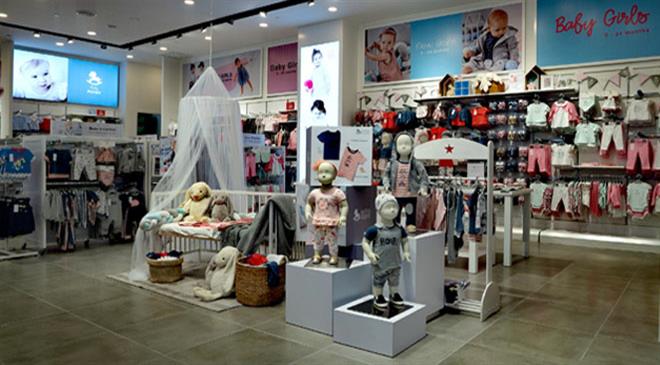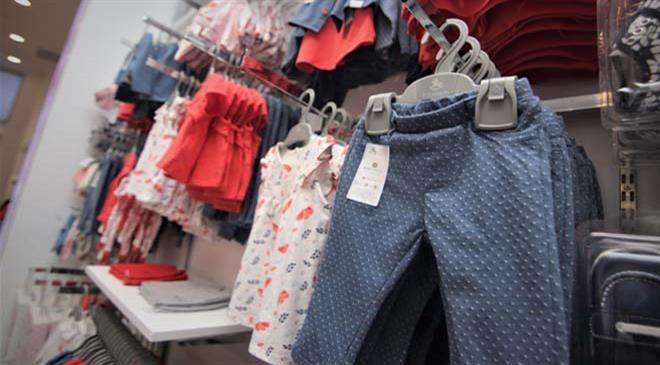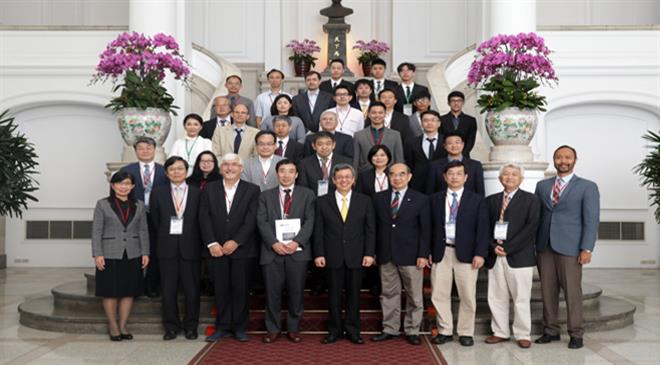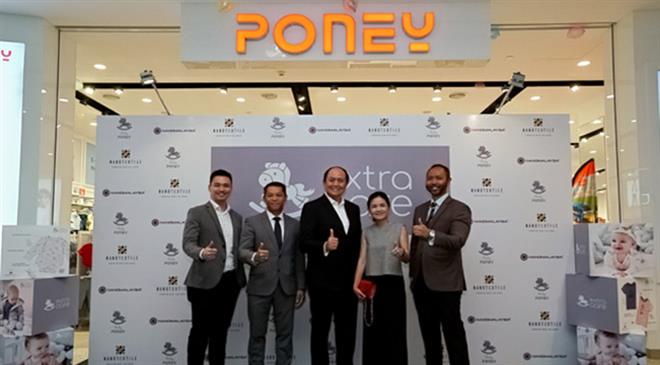Wearable & conductive textiles with sensors to hit market soon
Malaysian company NanoTextile Sdn Bhd taps into the potentials of nanotechnology to offer a wide span of opportunities and possibilities in the textile industry. The company provides a complete solution of knit and woven fabrics, laminates and composites. Chief executive officer Thomas Ong P S discusses the future of nanotech and the potential of the Malaysian textile sector.
I believe, the main growth drivers of nanotextiles are the increasing awareness of such technology and the functionalities it brings forth. These had created niche demands and its respective market in different textile sub-sectors. For instance, clothing textile is the closest business-to-consumer market and impacts the most in terms of demand and volume. Hence, it creates continuous growth for participating upstream to downstream textile industry players.
Our proprietary, patented technologies are scientifically proven with results and functionalities. We have got certification in Malaysia as a genuinely nanotechnology-based innovation through NanoVerify Program. Other such certifications are Nanocertifica in Russia, Quality Mark in the United Kingdom, Nano Q in Thailand, Nano-meghyas in Iran and Nano Mark in Taiwan. Most of our technologies give sustainable and high durability in terms of the number of washes for apparel, while for medical textiles, we achieve 99.95 per cent sterilisation of microbes for all identified bacteria-highest among others recorded-. We are the only nanotechnology service provider in the international market that works with both upstream and downstream textile industrial players, where we build a business case to fit the sustainability approach for both our clients and us. We offer the maximum nanotech offerings in terms of functionalities and we use other fabric technology to ensure best solutions for clients.


We drive four major pillars of nanotextiles: nano-finishing textile, nano-fibrous textile, nano-composite textile and non-woven textile. We believe all these four pillars of nanotechnology in textile, serve to contribute to the advancement of textile segments in five major applications: textile for apparels, home textile, industrial /technical textile, medical textile and sports/leisure textile.
We manufacture nanotextiles for kidswear, women's apparel and hygienic clothing. We partner with brand, retailers and manufacturers to avoid duplication of supply chain.
All disrupting technologies will face this obstacle, particularly before those start penetrating and flooding the market. In my opinion, this shall not be viewed as a stumbling block but a challenge we embrace to succeed in the textile industry. Hence, I have never used a one-off approach when dealing with my clients, be it downstream (brands, retailers) or upstream (manufacturers, wholesalers). We build the best feasible business to create a win-win business opportunity through contracts that benefit both sides in an agreed upon time frame.

Our major sectoral markets are apparel and medical textiles.
In 2015, the textiles and textile products industry was among the ten largest export earners with RM13.2 billion, contributing approximately 1.7 per cent to the country's total exports of manufactured goods. In coming years, we are looking at a double digit incremental trend, mainly because of current US-China trade war offering the opportunity of mass import and investment in Malaysia.
We are running at a capacity of one production (nano-finishing) line completing a million units of textile products (average size of 1480-2080 sq inches) a year. We are targeting a three to five times expansion in the next five years. We have also segregated the nano-composites and nano-fibrous textile manufacturing to our respective original equipment manufacturers at the upstream. While we remain the first point of contact with downstream textile players and research institutes, we believe we stand to influence in this complete supply chain.
We have our proprietary technologies and, as I have mentioned, nano-coating using our proprietary and patented formulation and method is one of the four technology pillars we drive in our company. Nano-coating is one of the nano-finishing textiles we employ to add value to textiles and fabrics, and subsequently to the finished products. Our method is adapting green chemistry and a water base with laboratory testimonials showing excellent results in toxicity tests.

Anti-bacterial, self-cleaning and odour-control are the functionalities that are common yet growing. These are also the functionalities that cut across all market segments that have been taken lightly in terms of market penetration. However, several mature market segmentsuch as medical textile and hygienic clothing, have seen tremendous growth in demand in the past two years. We believe that we play a role in creating the awareness to impact and influence the growth of these functionalities in the clothing textile market. (HO)
DISCLAIMER: All views and opinions expressed in this column are solely of the interviewee, and they do not reflect in any way the opinion of technicaltextile.net.